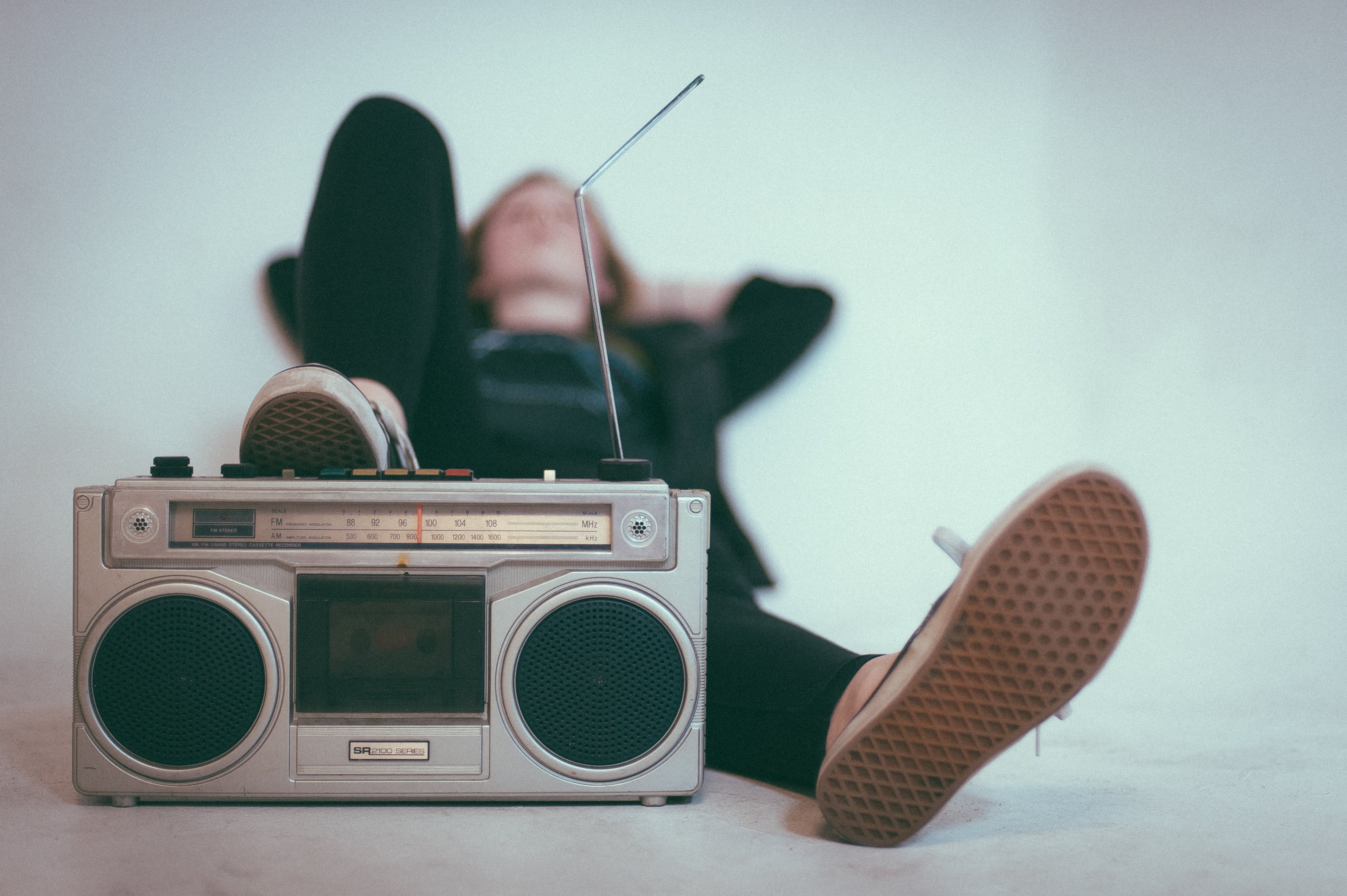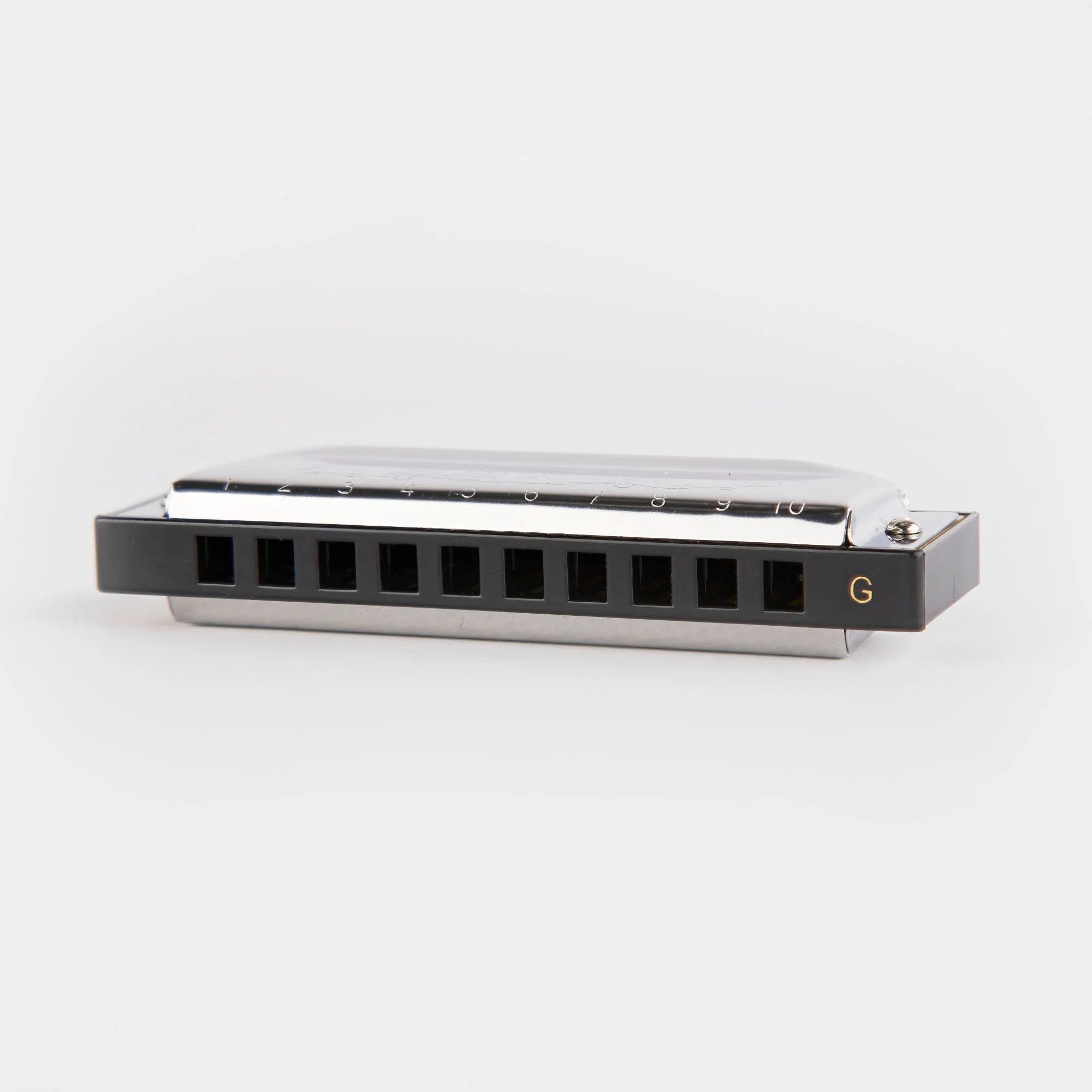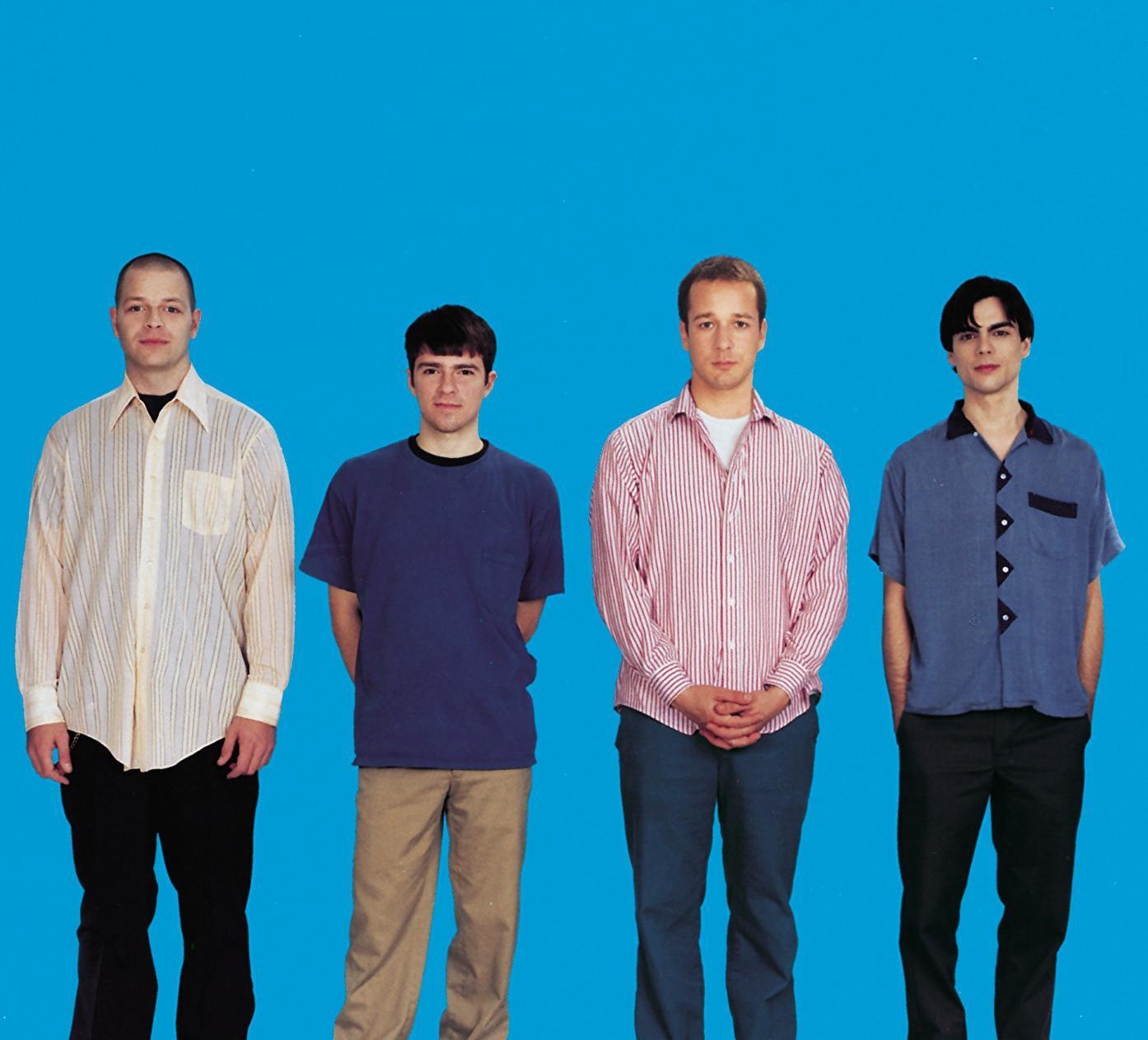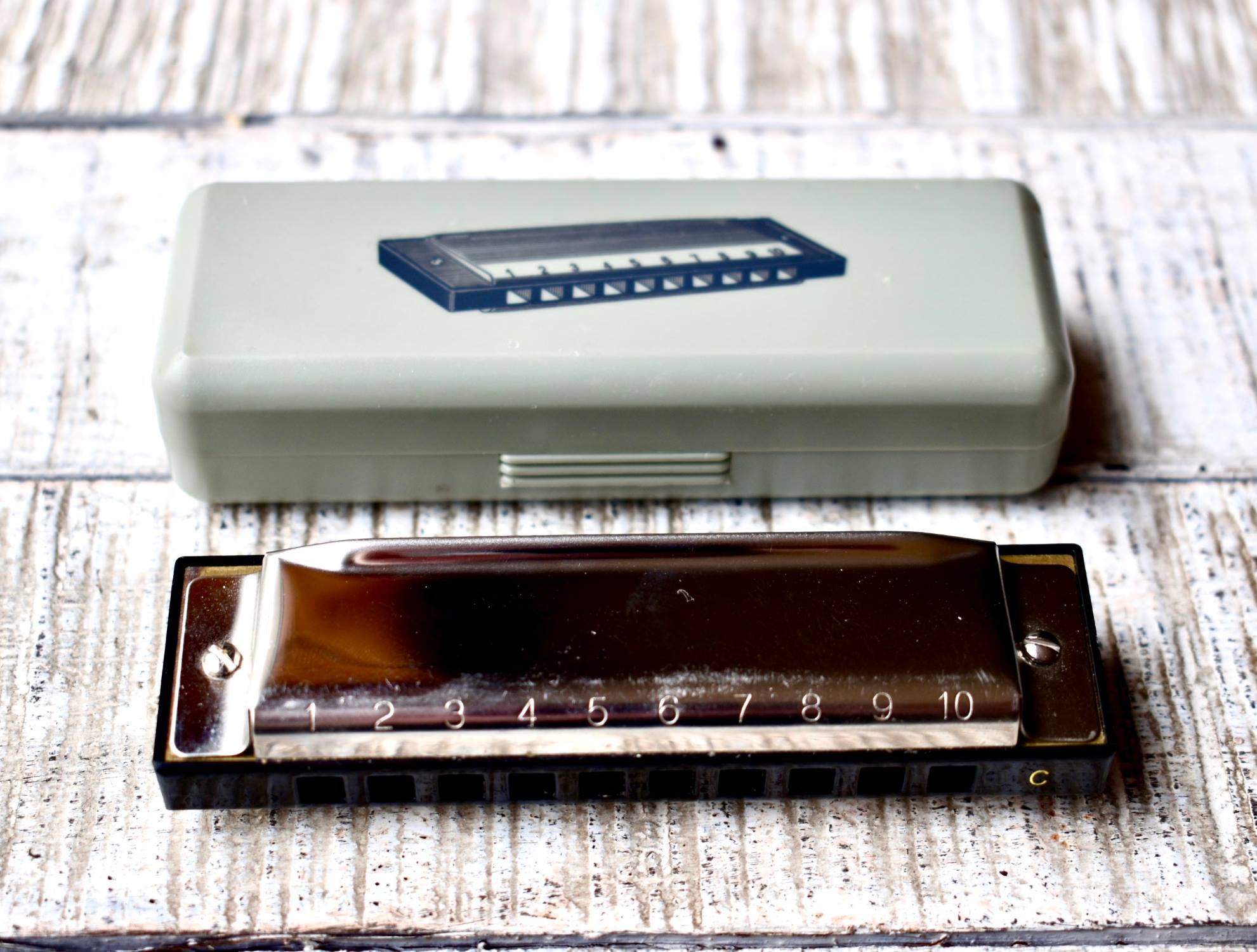Home>Instruments>Harmonica>How To Play Songs On A Harmonica
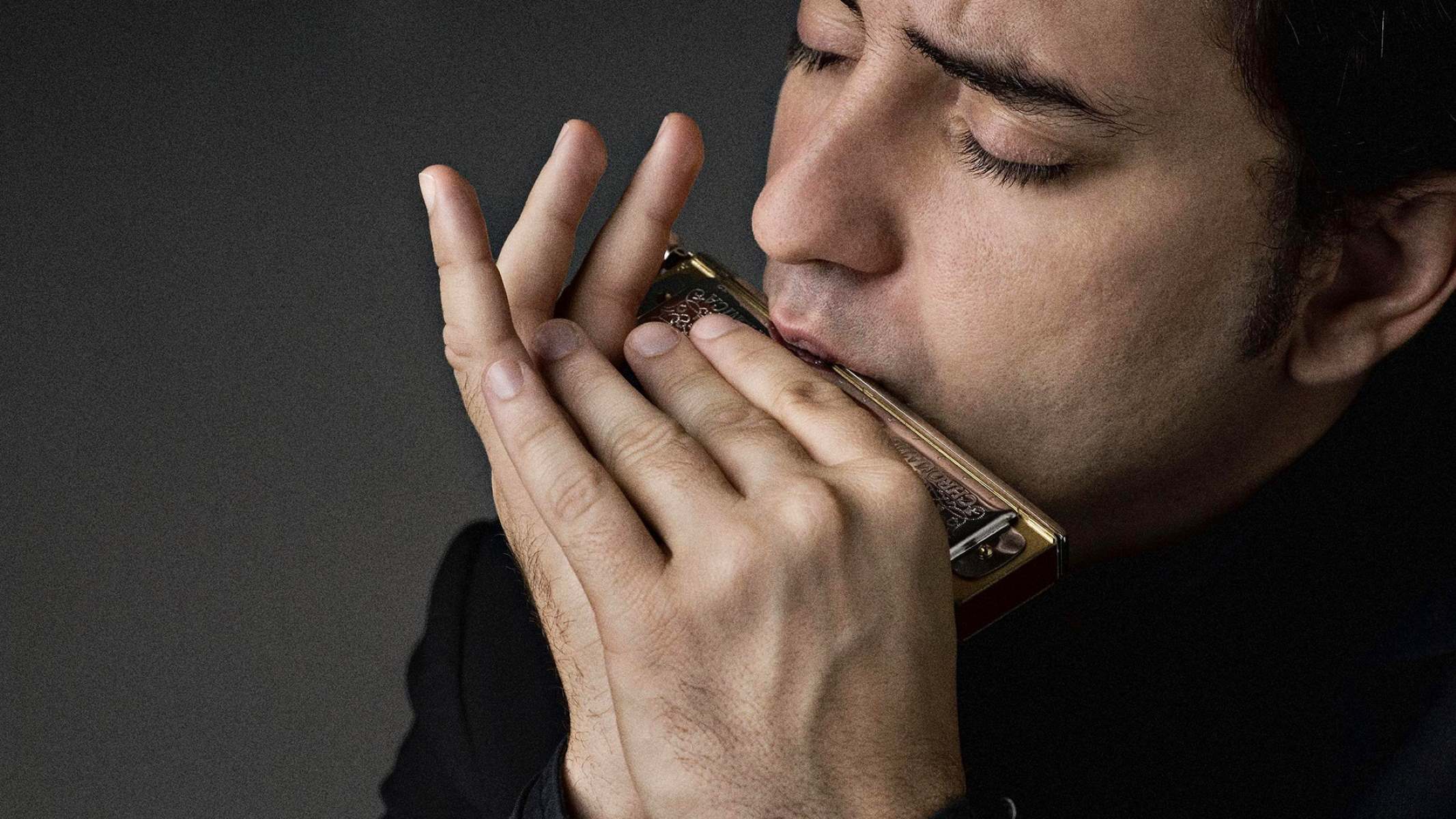

Harmonica
How To Play Songs On A Harmonica
Modified: February 3, 2024
Learn how to play your favorite songs on a harmonica with our step-by-step guide. Unlock the melodies and master the art of harmonica playing to showcase your musical talent.
(Many of the links in this article redirect to a specific reviewed product. Your purchase of these products through affiliate links helps to generate commission for AudioLover.com, at no extra cost. Learn more)
Table of Contents
Introduction
Welcome to the world of harmonica playing! The harmonica, also known as the mouth organ, is a versatile and portable instrument that has captured the hearts of many music enthusiasts across the globe. From blues and folk to rock and country, the harmonica has found its place in a variety of musical genres.
Playing the harmonica can be a rewarding and enjoyable experience, whether you’re a complete beginner or have some musical background. Not only does it provide a way to express yourself creatively, but it also allows you to connect with others through the universal language of music.
In this article, we will explore the various aspects of playing songs on a harmonica. We will cover everything from choosing the right harmonica to mastering basic and advanced techniques. Whether you’re looking to play simple tunes or tackle more complex songs, this guide will provide you with the necessary knowledge to get started and enhance your skills.
So grab your harmonica, take a deep breath, and let’s dive into the wonderful world of harmonica playing!
Choosing the Right Harmonica
When it comes to choosing a harmonica, there are a few factors to consider that can greatly impact your playing experience. The most common type of harmonica is the diatonic harmonica, which is designed to play in a specific key. Here are some key points to keep in mind when selecting your harmonica:
- Key: Harmonicas come in different keys, such as C, D, and G. The key determines the notes that are available to play on the harmonica. As a beginner, it’s recommended to start with a C harmonica, as it is versatile and widely used.
- Quality: Investing in a quality harmonica is essential for optimal sound and durability. Look for harmonicas from reputable brands such as Hohner, Seydel, or Lee Oskar. These manufacturers are known for producing reliable and well-crafted instruments.
- Single or Double-Reed: Harmonicas can have either single reeds or double reeds. Single-reed harmonicas, such as the Hohner Marine Band, are more commonly used and provide a brighter tone. Double-reed harmonicas, like the Hohner Golden Melody, produce a smoother and richer sound.
- Comfort: Consider the size and shape of the harmonica. Harmonicas come in various designs, including standard and slim models. Choose one that feels comfortable in your hands and allows for easy maneuverability.
It’s worth noting that as you progress in your harmonica playing journey, you may want to explore different keys and harmonica types to expand your repertoire and experiment with new sounds. However, starting with a C diatonic harmonica is a great foundation.
Once you have selected your harmonica, it’s important to keep it clean and in good condition. Regularly wipe the harmonica with a soft cloth after each use to remove moisture and prevent build-up. Avoid exposing it to extreme temperatures or excessive moisture, as this can damage the reeds and affect the sound quality.
Now that you have a harmonica in hand, let’s move on to understanding the notes and getting familiar with the instrument!
Understanding Harmonica Notes
Before diving into playing songs on the harmonica, it’s essential to have a basic understanding of how the instrument produces notes. The harmonica consists of multiple reeds, each of which is responsible for producing a specific pitch when air is blown or drawn through it.
A standard diatonic harmonica has 10 holes, each containing two reeds: one for blowing (exhaling) and one for drawing (inhaling). The reeds are tuned to different notes, allowing you to play a range of musical phrases.
Harmonicas are often labeled with a number and a letter, indicating the key of the instrument. For example, a C harmonica will produce the C major scale when played in the first position, also known as straight harp.
To understand the layout of the harmonica, imagine holding it with the holes facing you. The numbers 1 to 10 represent the holes, with hole 1 being closest to your left and hole 10 closest to your right. When you blow through hole 1, you’ll produce a C note on a C harmonica.
It’s important to note that the harmonica is a transposing instrument. This means that when you play a C harmonica in the key of C, the actual sound produced will be two octaves higher. So, the note produced when blowing through hole 1 on a C harmonica will be C4 (middle C) in standard musical notation.
To play different notes on the harmonica, you can use both blowing and drawing techniques. When blowing, the notes will generally be higher in pitch, while drawing produces lower-pitched notes. By combining hole selection, breath direction, and tongue blocking techniques, you can create melodies, chords, and various harmonica playing techniques.
Understanding the layout and notes on the harmonica is an essential first step in playing songs effectively. In the next section, we will cover some basic harmonica techniques to get you started on your musical journey!
Basic Harmonica Techniques
Mastering basic harmonica techniques is crucial for playing songs with accuracy and expression. Here are some fundamental techniques to help you get started:
- Getting a Clear Sound: Proper technique involves positioning your mouth correctly over the harmonica. Place your lips gently on the harmonica, creating a seal around the hole you’re playing. Apply consistent, controlled breath to produce a clear and resonant sound.
- Bending Notes: Bending notes allows you to create expressive and bluesy sounds on the harmonica. By altering the shape of your oral cavity, you can lower the pitch of a note. Practice bending by starting with a draw note and gradually modifying the position of your tongue and throat to achieve the desired sound.
- Tongue Blocking: Tongue blocking involves positioning your tongue to cover specific holes while leaving others open. This technique allows you to play chords, produce vibrato, and perform tongue slaps for rhythmic effects. By controlling the placement and movement of your tongue, you can expand your harmonica playing possibilities.
- Single Notes: Playing single notes refers to isolating and playing a single hole at a time. This technique is crucial for playing melodies and riffs accurately. To achieve clean single notes, focus on directing your breath into the desired hole while blocking adjacent holes with your tongue or lips.
- Hand Effects: Hand effects involve cupping your hands around the harmonica to alter the sound. Experiment with different hand positions and movements to create effects like wah-wah and tremolo, adding depth and dynamics to your playing.
These basic techniques may take time and practice to master, so be patient with yourself. Dedicate regular practice sessions to build muscle memory and develop control over your breath and tongue movements.
As you become comfortable with these techniques, you can start applying them to play simple songs on the harmonica. In the next section, we’ll explore how to play single notes and progress to playing actual songs!
Playing Single Notes
Playing single notes is a fundamental skill that allows you to play melodies, riffs, and solos on the harmonica. It involves isolating and playing a single hole at a time while blocking adjacent holes to prevent unwanted sounds. Here’s how to play single notes effectively:
- Positioning: Hold the harmonica with the numbers facing you and place your lips gently on the desired hole. Make sure to create a seal around the hole you’re playing to ensure that air only enters and exits through that specific hole.
- Tongue Placement: Use your tongue to block the holes on either side of the one you’re playing to prevent air leakage. For example, if you’re playing hole 4, rest your tongue gently on holes 3 and 5 to block them.
- Breath Control: Blow or draw air into the harmonica while maintaining a steady and controlled airflow. Experiment with adjusting the force of your breath to achieve different dynamics and tonal variations.
- Listen and Adjust: Pay attention to the sound you’re producing and make adjustments as needed. Aim for clear and distinct notes without any unintentional sounds from adjacent holes.
Practicing single notes is essential for developing accuracy and control on the harmonica. Start by playing each hole individually and ensuring that you can produce a clear and steady note. As you progress, practice moving between different holes smoothly to play melodies or create simple musical phrases.
It’s important to note that playing single notes efficiently requires precision and coordination between your breath and tongue movements. Regular practice and experimentation with different techniques will help you develop this essential skill.
Once you have a good grasp of playing single notes, it’s time to put them into practice by playing simple songs on the harmonica. In the next section, we’ll explore how to play some popular beginner-friendly tunes!
Playing Simple Songs
Playing simple songs on the harmonica is an exciting way to apply the techniques you’ve learned and create music. By starting with beginner-friendly tunes, you can build your confidence and gradually progress to more complex songs. Here are some popular songs that are ideal for beginners:
- Twinkle, Twinkle, Little Star: This classic nursery rhyme is perfect for practicing single notes. Try playing it in the key of C on the harmonica using holes 4, 4, 5, 5, 6, 6, 5.
- Oh! Susanna: Another well-known folk song, “Oh! Susanna” can be played in the key of C using holes 4, 4, 5, 4, 6, 5.
- Row, Row, Row Your Boat: This playful tune can be played in the key of C on the harmonica using holes 5, 5, 5, 6, 6, 6, 5, 4, 4, 5, 4, 3.
- Happy Birthday: Celebrate special occasions by playing the famous “Happy Birthday” song on your harmonica. Play it in the key of C using holes 5, 5, 6, 5, 8, 7.
These songs provide a great foundation for practicing different techniques, such as playing single notes, rhythm, and breath control. Start by playing each note separately and gradually combine them to create the melody. Remember to pay attention to timing and rhythm while playing, as it adds a musical element to your performance.
As you become more comfortable with these simple songs, challenge yourself by exploring other beginner-level tunes and experimenting with different harmonica techniques. Don’t be afraid to get creative and make the songs your own by adding variations and personal touches.
Remember, practice is key to improving your skills on the harmonica. Set aside regular practice sessions, start slow, and gradually increase your speed and complexity. With time and dedication, you’ll be able to play a wide variety of songs on the harmonica.
In the next section, we’ll delve into playing popular songs and advance your harmonica playing abilities. Stay tuned!
Playing Popular Songs
Once you’ve built a solid foundation with simple tunes, you can expand your repertoire and challenge yourself by playing popular songs on the harmonica. While some songs may be more complex, they offer a rewarding musical experience. Here are a few popular songs that can be played on the harmonica:
- Piano Man by Billy Joel: This iconic song can be harmonized with a C harmonica. Practice playing the notes following the chord progression and try adding the signature harmonica riff in between verses.
- Heart of Gold by Neil Young: Neil Young’s melodic folk-rock tune can be played on the harmonica using a C harmonica. Experiment with bending notes to capture the song’s soulful sound.
- Blowin’ in the Wind by Bob Dylan: This classic folk anthem can be played with a C harmonica. Focus on playing the melody line while incorporating Dylan’s signature vocal harmonica style.
- Stand by Me by Ben E. King: This timeless soul ballad can be played on a harmonica in the key of C. Start by mastering the main riff and incorporate single note melodies during the verses.
While these songs may be challenging at first, don’t be discouraged. Take it one section or riff at a time, breaking down the song into manageable parts. Practice each section until you feel comfortable, then gradually piece them together. Use online resources, tutorials, and recordings to guide you through the process.
Remember, playing popular songs on the harmonica is not just about replicating the melody; it’s about capturing the essence and emotion of the original piece. Experiment with different techniques, dynamics, and phrasing to make the song your own.
Playing popular songs offers a great platform for honing your harmonica skills and showcasing your musicality. Embrace the challenge, enjoy the process, and don’t hesitate to explore other songs that resonate with you.
Now that you’ve mastered playing popular songs, let’s move on to some valuable tips for further improving your harmonica skills!
Tips for Improving Your Harmonica Skills
To continue progressing as a harmonica player, it’s essential to continually seek improvement and refine your skills. Here are some valuable tips to help you enhance your harmonica playing abilities:
- Practice Regularly: Consistent practice is key to improving your skills. Set aside dedicated practice time each day or week to work on techniques, scales, and songs. Remember, practice makes progress!
- Use a Metronome: Playing in time is crucial for musicality. Incorporate a metronome into your practice routine to develop a strong sense of timing and rhythm. Start slow and gradually increase the tempo as you become comfortable.
- Expand Your Repertoire: Don’t limit yourself to a specific genre or style. Explore different musical genres and learn to play a variety of songs on your harmonica. This will broaden your musical knowledge and enhance your playing skills.
- Learn Music Theory: While not necessary, having a basic understanding of music theory can greatly benefit your harmonica playing. Familiarize yourself with scales, chords, and how they relate to the harmonica’s notes and positions. This knowledge will enable you to play more confidently and create your own melodies.
- Listen to Harmonica Players: Immerse yourself in harmonica music by listening to renowned harmonica players across various genres. Pay attention to their phrasing, techniques, and tone. Emulate their style while finding your own unique voice on the instrument.
- Experiment with Different Techniques: Don’t be afraid to try out new techniques and explore different playing styles. Experiment with bending notes, vibrato, tongue blocking, and various hand effects to add depth and expressiveness to your playing.
- Join a Harmonica Community: Connecting with other harmonica players can provide inspiration, guidance, and valuable insights. Join online forums, attend workshops, or seek out local harmonica groups to share experiences, learn from others, and collaborate with fellow musicians.
- Record and Review Yourself: Recording yourself playing the harmonica allows you to review and analyze your performance objectively. Listen for areas that need improvement, such as timing, dynamics, or clarity, and work on refining those aspects.
- Perform for Others: Sharing your harmonica skills with others can boost your confidence and help you grow as a performer. Seek opportunities to play for friends, family, or even at open mic nights. Performing live will push you to hone your skills and adapt to different audiences.
Remember, the journey of improving your harmonica skills is a continuous process. Be patient, stay dedicated, and embrace the joy of playing the harmonica. Celebrate each milestone along the way and savor the progress you make. With time and consistent effort, you’ll become a more skilled and confident harmonica player.
Now that you have a wealth of tips to work with, let’s conclude this guide to playing songs on the harmonica!
Conclusion
Congratulations on completing this comprehensive guide to playing songs on the harmonica! You’ve learned about choosing the right harmonica, understanding harmonica notes, mastering basic techniques, playing single notes, exploring simple and popular songs, and received valuable tips for improving your harmonica skills. By now, you should feel more confident about your ability to play the harmonica and tackle a wide variety of songs.
Remember, playing the harmonica is not just about technical proficiency; it’s about expressing yourself and creating music that resonates with others. As you continue your harmonica journey, keep exploring different genres, techniques, and styles to discover your unique voice on the instrument.
Don’t forget to practice regularly and challenge yourself with new songs and techniques. Embrace the learning process, enjoy the music you create, and share your harmonica skills with others. Whether you play for your own enjoyment or perform for a larger audience, the harmonica has the power to bring joy, emotion, and a sense of connection.
Now, grab your harmonica, let the notes flow, and have fun on this harmonious adventure. Happy playing!


